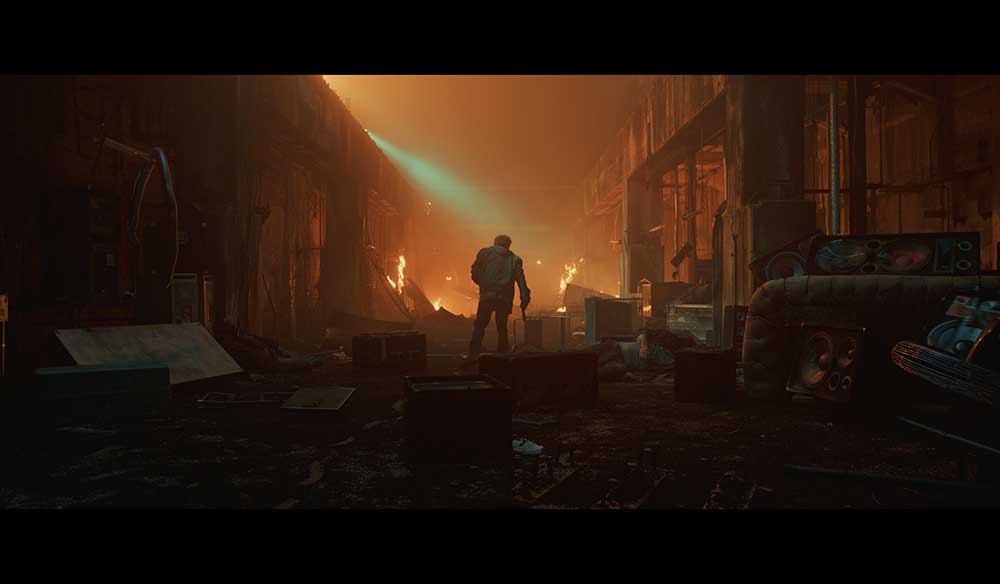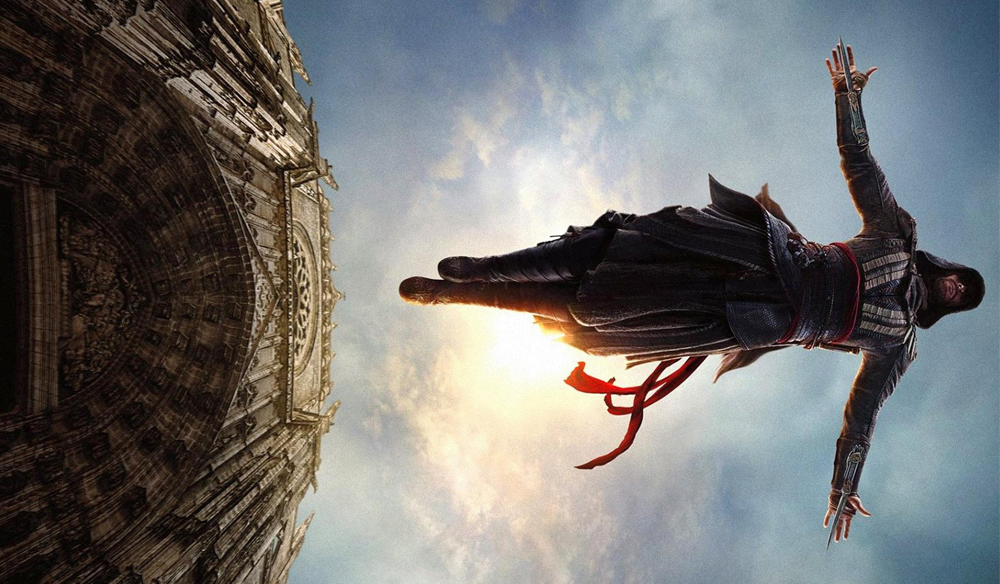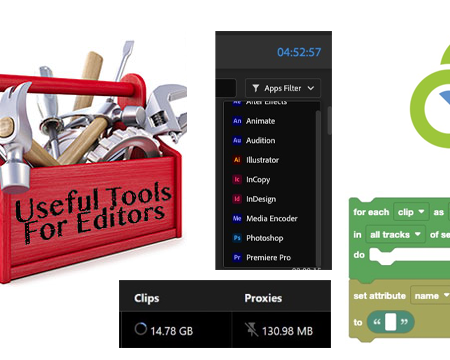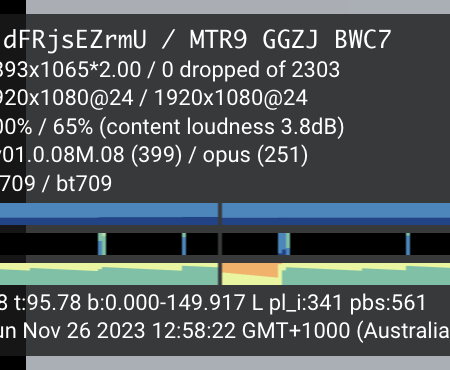Get ready to dive into the world of renowned DP Matthew Libatíque, where creativity, experimentation, and subjectivity reign supreme. At just 25 years old, Libatíque partnered with fellow AFI student Darren Aronofsky on a short film called “Protozoa,” launching one of the greatest cinematography careers in modern cinema. From there, he went on to receive critical acclaim on a number of Aronofsky films, as well as collaborations with other auteurs and successful commercial directors. But how did a young native New Yorker with a simple Nikon camera become a cinematography superstar? Let’s take a look at Libatíque’s unique sensibilities and learn how you too can use cinematography to transverse the unknown.
One of the first things people notice about Libatíque’s cinematography is his innovative camera tricks and techniques. From fast-motion montages to SnorriCam shooting, his projects are full of creative approaches that date back to his earliest days experimenting with different variable speed controls and reverse shot double exposures. Looking specifically at some of his earliest films, like “Requiem for a Dream,” Libatíque found acclaim for his use of jittery frame rates and SnorriCam shooting.
Reflective lighting and reversal film are also key components of Libatíque’s cinematography. Shooting the majority of his films on reversal film, he creates characteristically gritty and raw images from picture to picture. His focus on reflective lighting highlights his exact control on the highs and lows in his shots, especially when dealing with handheld and motion-full sequences.
Libatíque’s camera is often quite subjective, focusing on characters and their emotions up close. This can be seen in films like “Mother!,” “Phone Booth,” and “Inside Man,” where the often shaky and handheld camera puts you upfront and personal with the characters, their emotional state clearly on display. In these instances, Libatíque works with the director’s parameters to provide the lighting and composition needed to bring these emotions to life.
Libatíque’s love for Spike Lee’s “Do the Right Thing” certainly explains a lot about how he developed his own sense of movement in his compositions. He makes use of space in his projects, placing the audience into the story through his generous use of handheld and steadicam. The infamous SnorriCam provides another example of just how rambunctious motion can be in a Libatíque sequence.
And finally, it might surprise many to learn that Libatíque is actually a more-than-capable director who might have been able to pursue it as a career if he hadn’t fallen so successfully into cinematography. From focusing on composition, lighting, and innovative techniques, it really shows how rooting yourself in the basics, while still searching for something more, can turn any project into a career-launching film.







